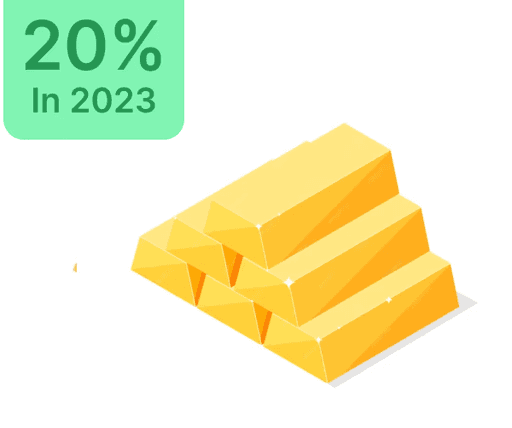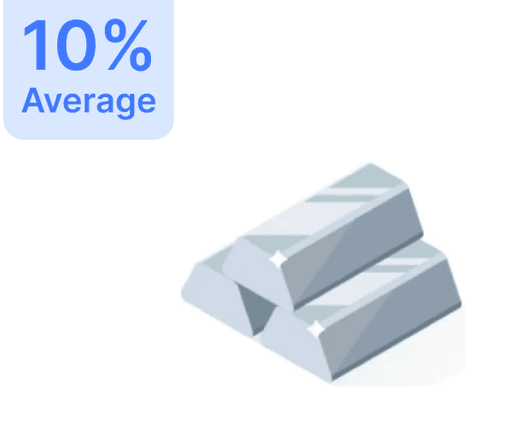What Are the Market Cap Classes in Mutual Funds?

 May 10, 2023
May 10, 2023 5 Minutes
5 MinutesExploring Mutual Funds by Market Capitalization
Introduction to Market Cap in Mutual Funds
The realm of mutual funds presents a key classification based on market capitalization. Market cap, which denotes the total value of a company's shares in the stock market, is a critical metric in this categorization.
Categories of Mutual Funds in India
In India, mutual funds are categorized into large-cap funds, mid-cap funds, small-cap funds, multi-cap funds, and flexi-cap funds according to the market capitalization of the companies they include in their portfolios.
Large-Cap Equity Funds
Definition and Features: Large-cap funds invest in the top 100 companies by market capitalization, as listed on indices like BSE and NSE. According to SEBI guidelines, these funds must invest at least 80% in large-cap companies.
Mid-Cap Equity Funds
Definition and Features: Mid-cap funds focus on companies ranked from 101st to 250th in terms of market capitalization. Offering potential growth and risk, SEBI mandates these funds to allocate a minimum of 65% to mid-cap stocks.
Small-Cap Equity Funds
Definition and Features: Small-cap funds target companies that are ranked 251st and below in market capitalization. SEBI requires a minimum of 65% investment in such companies.
Multi-Cap Equity Funds
Definition and Features: Multi-cap funds invest across large, mid, and small-cap companies, with a SEBI requirement of at least 25% allocation to each category, aiming to balance large-cap stock bias.
Flexi-Cap Equity Funds
Definition and Features: Flexi-cap funds give fund managers the liberty to adjust stock exposure without constraints on specific market cap categories, unlike multi-cap funds.
Key Insights
- Large-cap funds concentrate on the top 100 largest companies by market value.
- Mid-cap funds invest in companies ranked 101st to 250th.
- Small-cap funds aim at companies beyond the 251st position.
- Multi-cap funds spread their investments across all sizes, adhering to SEBI's allocation rules.
- Flexi-cap funds provide flexibility in market cap exposure.
Conclusion
For investors, understanding each mutual fund type's nuances, risks, and potential rewards is essential. Using this knowledge, investors can build a diversified portfolio aligned with their risk profiles and financial objectives.
Disclaimer: The opinions stated are those of Sundaram AMC and not Groww. The mentioned stocks are not recommendations. Investors should undertake their research before investing.





